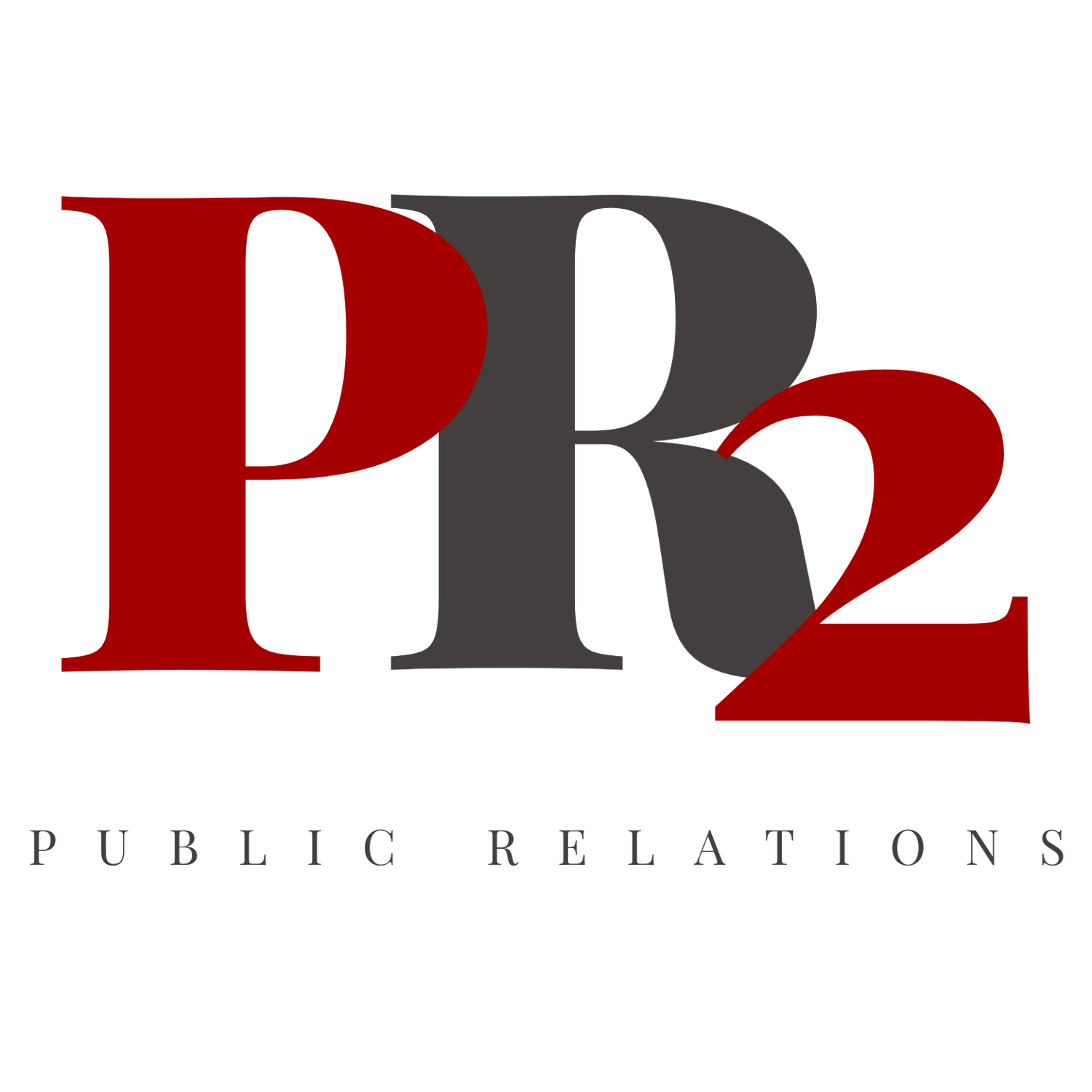The Art of Thoughtful PR Campaigns: Aligning with Business Goals
In the realm of Public Relations, the success of a campaign hinges on the seamless alignment with the overarching business goals. However, achieving this alignment can be a challenging feat, particularly when your team members and external vendors aren’t well-informed about the evolving business priorities. For example, if your company is prioritizing talent acquisition over sales, your PR strategy must reflect this shift. But if your team isn’t on the same page, your campaign could miss the mark.
To effectively lead a thoughtful PR campaign that harmonizes with your business strategy, here are essential steps you should consider:
1. Regular Communication Is Key
Setting up weekly or bi-weekly calls with key team members and external vendors is essential. While it may seem time-consuming, these calls serve as crucial touchpoints to reaffirm your company’s goals. Business priorities can change rapidly, and keeping your team updated in real-time is far more effective than adjusting your PR strategy on the fly. Moreover, it can be cost-effective, especially when working with external PR firms, as it minimizes the risk of last-minute changes in your business approach.
These regular calls provide an opportunity to discuss any shifts in business priorities and their impact on the PR strategy. It ensures that everyone involved is on the same page and working toward common objectives. Effective communication helps prevent misunderstandings and ensures that your PR efforts remain aligned with the broader business strategy.
2. Request Regular Updates
Communication is a two-way street. It’s not just about providing updates but also about soliciting them from your teams and vendors. Ask for updates on their activities, which should include a detailed timeline of planned actions and any new collateral that showcases changes in messaging or content approaches. This proactive approach allows you to stay well-informed about the progress of different projects.
By reviewing these updates, you can spot any potential roadblocks or deviations from the business strategy. If a project doesn’t align with recent changes in the company’s direction, you can address it promptly, saving time and resources. This open line of communication helps you make data-driven decisions and ensures that your PR campaigns remain consistent with the evolving business landscape.
3. Streamline Communication
In addition to regular calls and updates, consider establishing key points of contact within your team. Instead of convening large meetings that can be time-consuming, designating individuals responsible for facilitating communication is an efficient alternative. These key contacts can bridge any communication gaps and ensure that information flows smoothly among team members and external vendors. This streamlined approach minimizes the risk of misunderstandings and keeps everyone focused on the business objectives.
Efficient communication is an integral part of leading a thoughtful PR campaign and having designated points of contact simplifies the process. It allows for the swift exchange of information and promotes collaboration, ultimately enhancing the effectiveness of your PR efforts.
4. Centralize PR Documents
PR campaigns involve a multitude of documents, from press releases and media kits to messaging guidelines and collateral materials. It’s not uncommon for multiple versions of these documents to circulate within an organization, leading to confusion and inefficiency. To mitigate this issue, create a centralized location for all PR documents, ensuring that everyone has access to the latest and approved versions.
Having a dedicated folder labeled as “final” helps differentiate the most up-to-date materials, making it easier for teams to identify and use the correct documents. This centralization streamlines the review process and ensures that all external parties involved in PR efforts are aware of which materials are intended for distribution to the media. It eliminates the risk of using outdated or incorrect content and enhances the consistency of your messaging.
5. Share Press Feedback
The journey toward a successful PR campaign doesn’t end with the distribution of press materials. Collecting and sharing feedback from the media is a valuable practice that can provide insights into how the press perceives your messaging. By sharing this feedback with your teams, you enable them to gain a deeper understanding of what resonates with the media and, by extension, your audience.
Feedback from the press can shed light on the effectiveness of your messaging, the clarity of your communication, and areas that may need improvement. It can also help your company build awareness of what aspects are crucial to your target audience. Incorporating this feedback into your PR strategy allows for continuous refinement and optimization, ensuring that your campaigns remain relevant and impactful.
In conclusion, leading a thoughtful PR campaign that aligns with your business goals is a multifaceted process. It demands consistent and effective communication, regular updates, streamlined communication channels, centralized document management, and a feedback-driven approach. By implementing these practices, you can ensure that your PR efforts remain synchronized with the ever-evolving landscape of your business, ultimately enhancing your chances of success. Aligning your PR strategy with your business objectives is not a one-time effort but an ongoing journey that requires diligence and adaptability.


